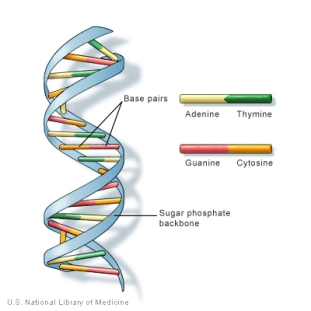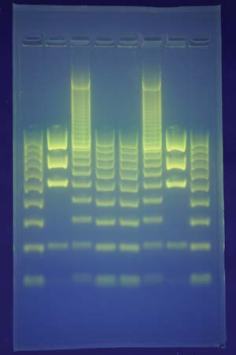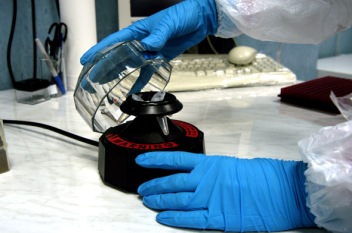Introduction to your claim
The purpose of my paper is to write a claim about DNA and expressing it’s role in forensic science by defending my claim that without DNA there’s no justice in criminal cases. I will defend my point by stating evidence from the articles I’ve researched, both against my argument and for it.
The science of DNA
The chemical structure of DNA is complex, yet unique. In the nucleus of a living cell is deoxyribonucleic acid, short for DNA. It carries genetic information that makes us who we are and allows each living object to be different in some way. DNA is like a “spiral staircase of chemical bonds,” because of it’s double helix structure. Furthermore, when DNA’s complex chemical structure is uncoiled it consists of two sides, although one side is used when extracting DNA because each strand is identical. Three components of a nucleotide include phosphate, deoxyribose or sugar, and a nitrogen base. They also have four different nitrogen bases known as, cytosine, thymine, adenine, and guanine. In comparison, gel electrophoresis is a easier method of comparing genetic codes. Based on restriction fragment length polymorphism or RFLP technology, DNA is “extracted from the cells and purified, ” before being cut at it’s restriction enzymes. The gel allows various lengths to be sorted and creates a electric current called electrophoresis. This demonstrates that the shorter, the quicker it moves to the “positive pole” and the longer tends to be slower. The Combined DNA Index System, CODIS, allows forensic labs to store and access the DNA profiles of convicted offenders, and unsolved crimes.


Defend your claim
DNA evidence can clear serious charges, and is especially helpful in linking serial offenses. According to the article, Jerry Frank Townsend: exonerated by DNA evidence, Townsend contains a mental compacity of a ” eighty year old, ” and was convicted for many ” serial slayings ” involving women. This created more tension for this 27 year old, who spent 21 years in prison because of his false confessions made. Since the DNA analysis of bodily fluids were brought up from three crime suspects, Eddie Lee Mosley was found as the real offender. In this case, DNA evidence finally cleared Townsend of all charges, adding him to the large list of exoneration’s. Another point is that Congress has expanded the collection of DNA by law enforcement. For example, the Justice for all Act of 2004 states that DNA from a person convicted under law should allow law enforcement to upload DNA profiles from anyone convicted of a crime. Also suggesting that Courts uphold state DNA collection on a inmates “ limited privacy interests,” and are outweighed by the government’s interests in securing reliable DNA identification evidence for use in crimes.
Possible arguments against your claim
Although it’s used in many cases, evidence of evolution is found in DNA. From generation to generation, mutations seem to accumulate in DNA. Furthermore, there are differences between human and mice in non coding DNA, rather than their genetic DNA. For example, natural selection may decrease the number of “ harmful ” mutations in a population, though it may never go away. Also, non coding DNA mutations won’t be effected by natural selection. Not only that, but there’s a way to create fake DNA samples. It requires only a ” tiny bit of real DNA, ” using genonamplication or WGA, that can be from any living thing. Scientist demonstrated this fake DNA by showing it could be used to ” fabricate different evidence ” at a crime scene by smearing it onto a handle of a gun to make it appear as if a person really touched it.

Conclusion
The purpose of this paper was to show my audience that without DNA, there’s no justice in criminal cases by expressing it’s role in forensic science. I proved my claim by using multiple articles from the research I did to do so. The reader may have learned some information they didn’t know before reading this paper and may use it in future conversations with others who may also know about DNA or just for their knowledge.
Also, you would need to add an APA references page to achieve mastery.
LikeLike